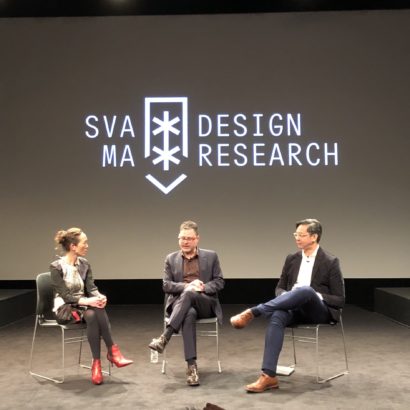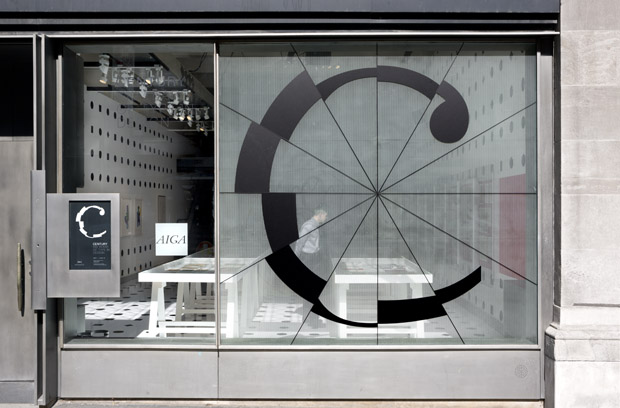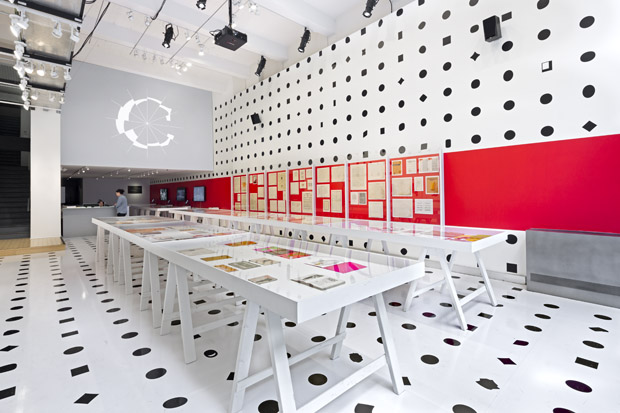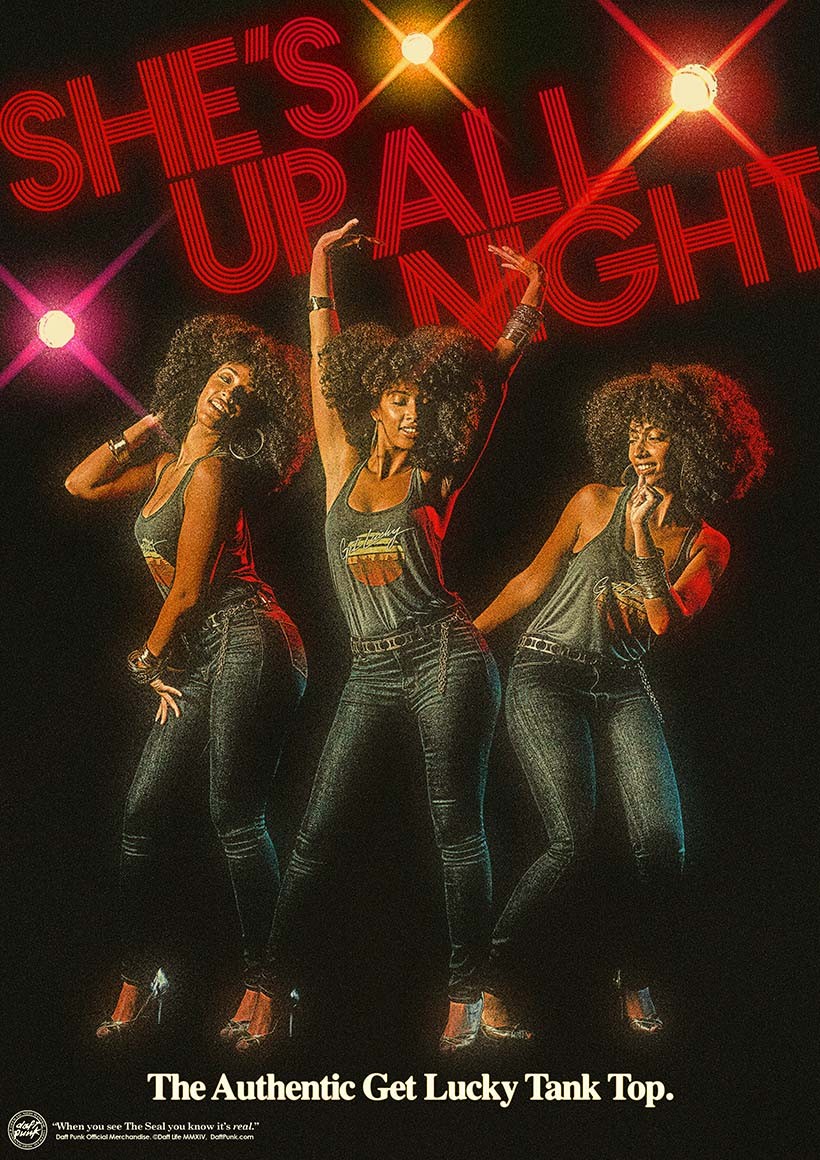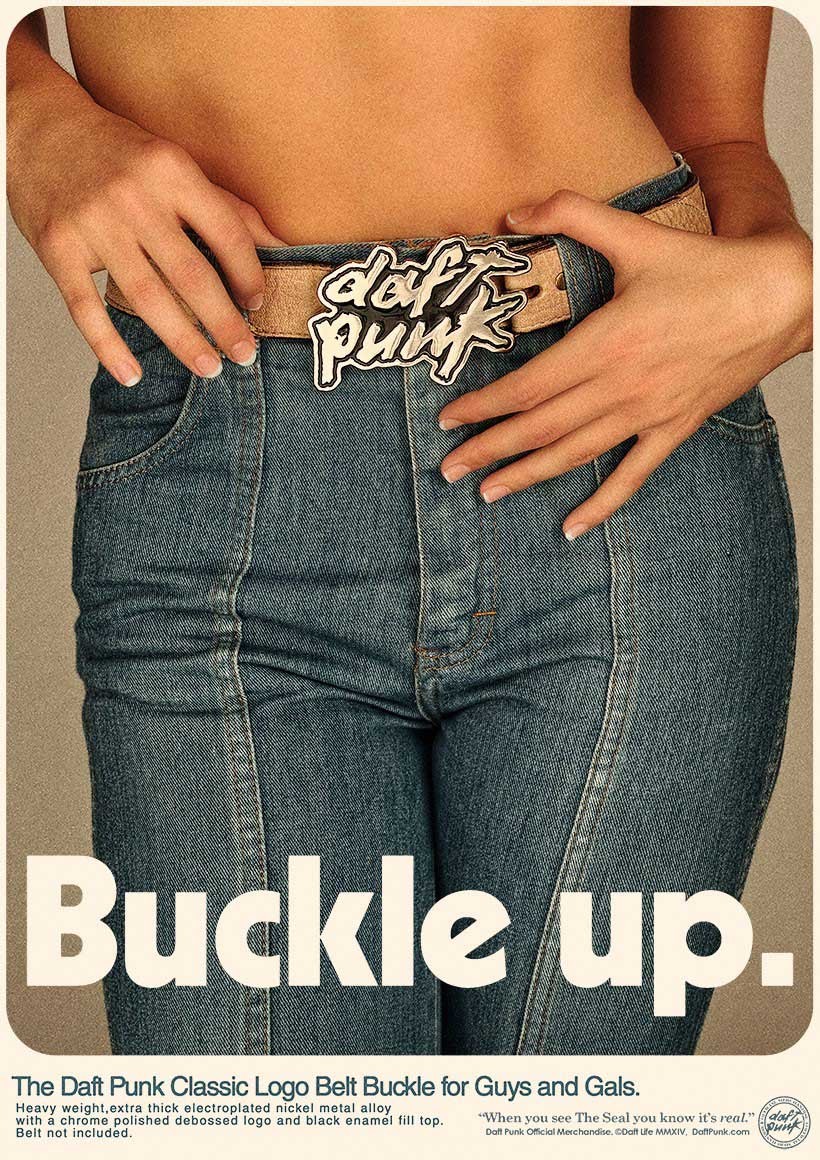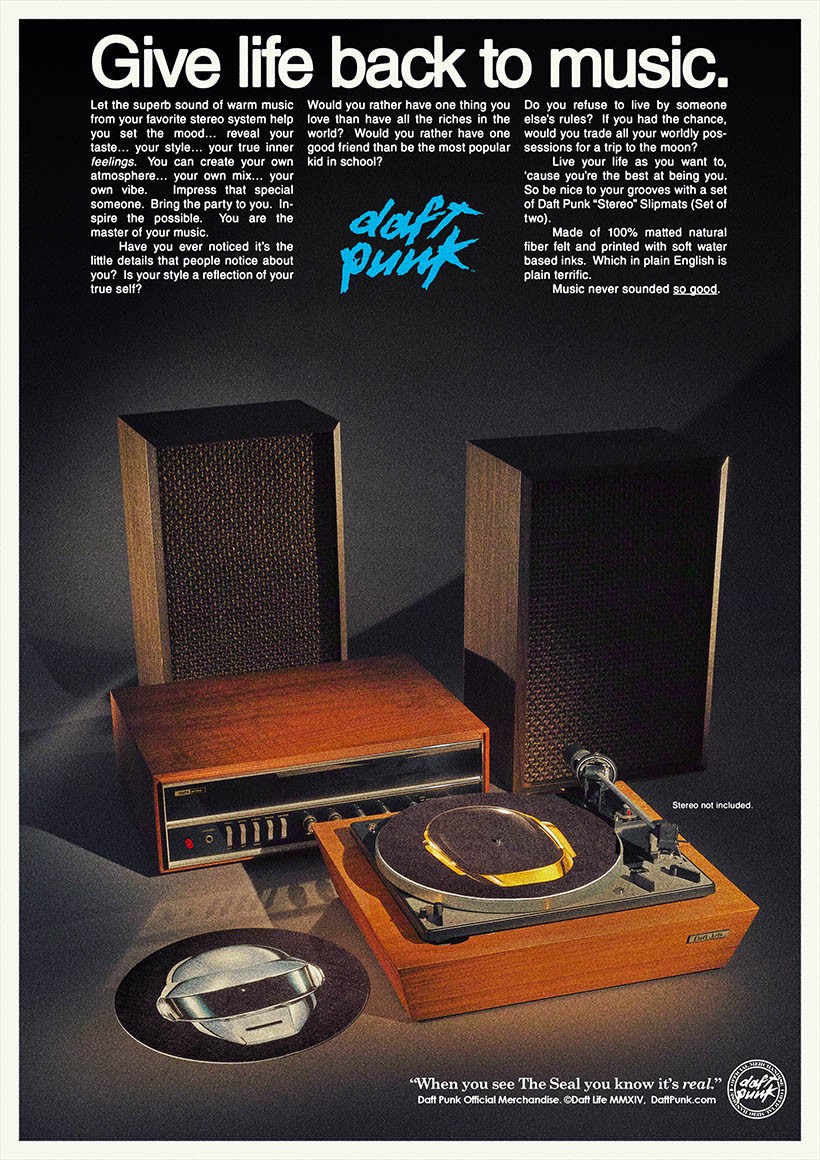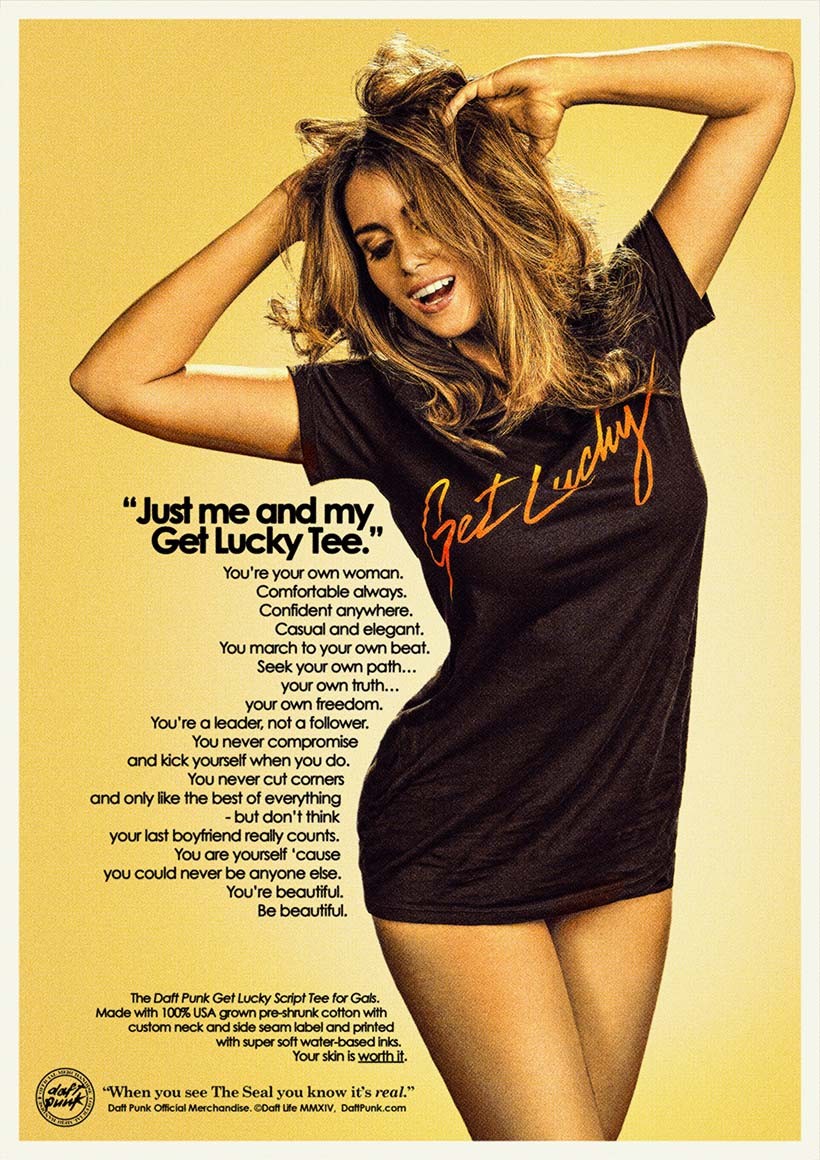Respected television critic Alan Sepinwall summarizes his thoughts on Netflix’s popular flagship program:
I began the series being impressed by its pedigree and visual style, but finished its first season finding it to be good but not great. Then I saw the first four episodes of the new season, and by then had downgraded the whole thing to decent: slick and pretty, but ultimately empty.
And by the time I finished watching the second season, most of it within the space of a few days, I had come to the conclusion that it’s simply a bad show with the pretensions of a good one — a USA show that’s bad because it thinks it’s an HBO show.
He goes on to discuss how the show’s enviable pedigree argues for a certain level of respect that it doesn’t fully earn.
‘House of Cards’ wants very much to be an Important Show about the intersection of power and government and media and business, and about the depths people will sink to in order to hang onto what’s theirs. It has the veneer of that kind of show, with a polished look crafted by David Fincher, then maintained by later directors. (James Foley was behind the camera for six of the 13 season 2 episodes, along with Carl Franklin, Jodie Foster and a few others.) It has a two-time Oscar-winner as its star in Kevin Spacey as Vice-President Frank Underwood, an impressive co-star in Robin Wright (who also directed an episode this season) as his wife Claire, and an ensemble made up of actors who played roles big and small in some of the great cable dramas of this century (Gerald McRaney and Molly Parker from ‘Deadwood,’ Reg E. Cathey from ‘The Wire,’ Benito Martinez from ‘The Shield’). It has all the trappings of quality…
Because “Cards” wants to be treated as prestigious, it then demands to be judged as such, and it comes up wanting.
I’m a big fan of Netflix in general, but I’ve been baffled by how eagerly people have been willing to conflate that service’s business innovation with the actual end result of “House of Cards.” The decision to bankroll a prestigious television show and release each season in a single drop demonstrated a certain kind of genius, but each episode of “House of Cards” demonstrates a distinct lack of genius, in my view. I watched the first four episodes and came to the same conclusion as Sepinwall — it had great ambitions but they amounted to little more than great pretensions.
Meanwhile, there is in fact another premium television show about Washington, D.C. that is much superior, and yet it gets little notice: HBO’s “Veep” is probably the most incisive and definitely the most consistently funny television show about Washington politics ever aired. In spite of star Julia Louis-Dreyfus earning an Emmy for her work, the show generates much less buzz than “House of Cards” or even “Scandal” (which by all accounts is more entertaining than “Cards,” but I just haven’t had the opportunity to sample it). That’s a shame, because its cast is magnificent, its writing is relentless and its showrunner — Armando Ianucci — is truly a genius.
+
